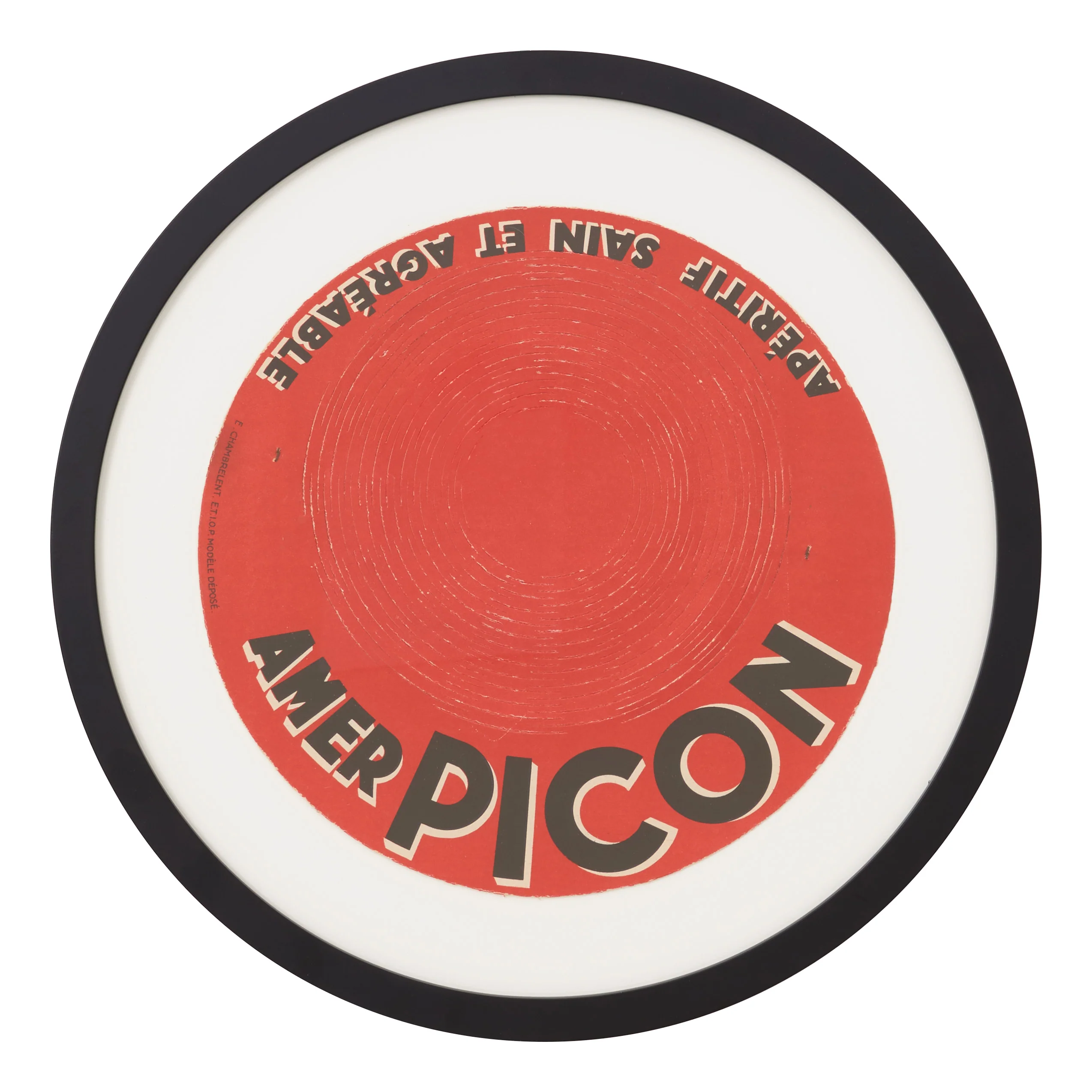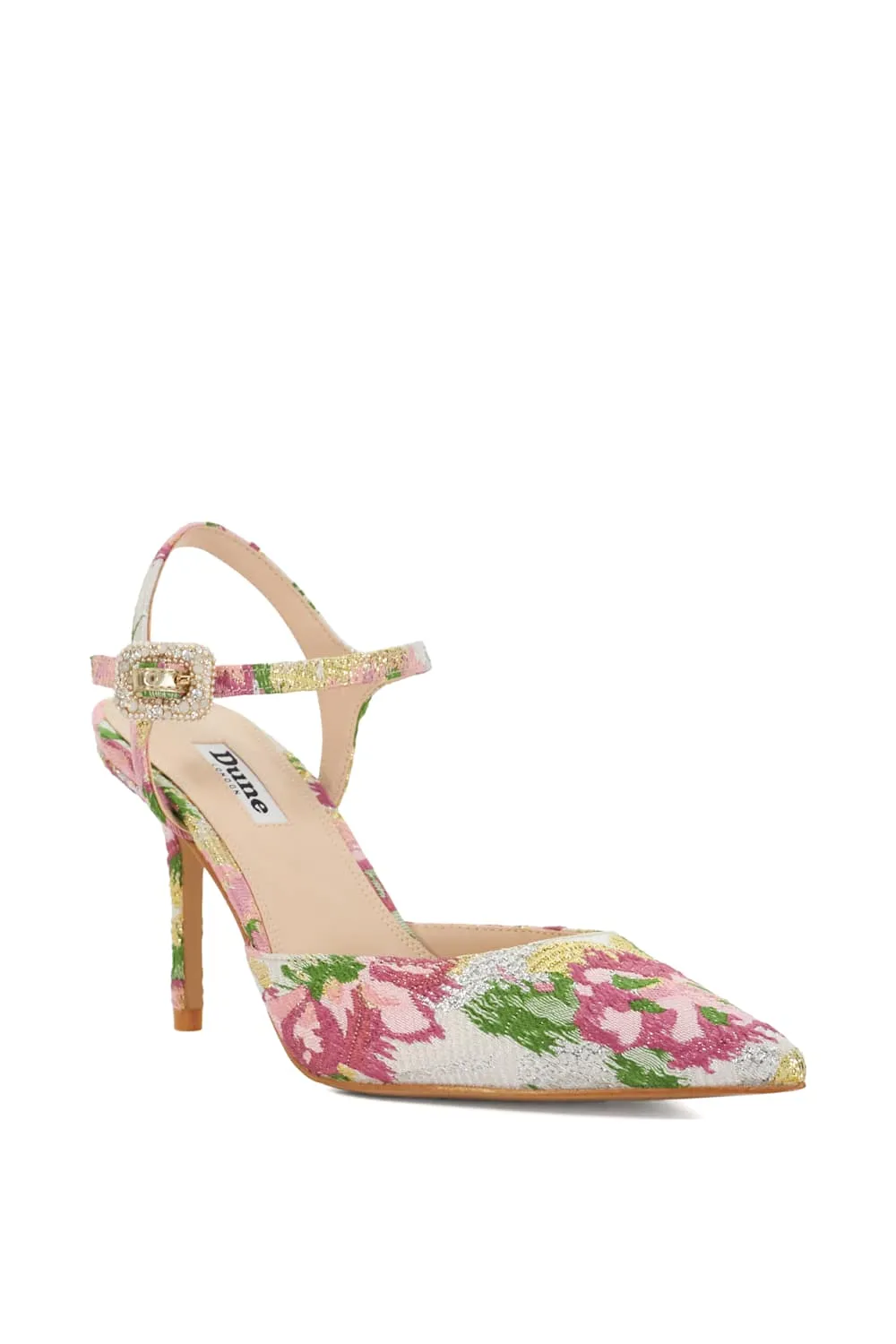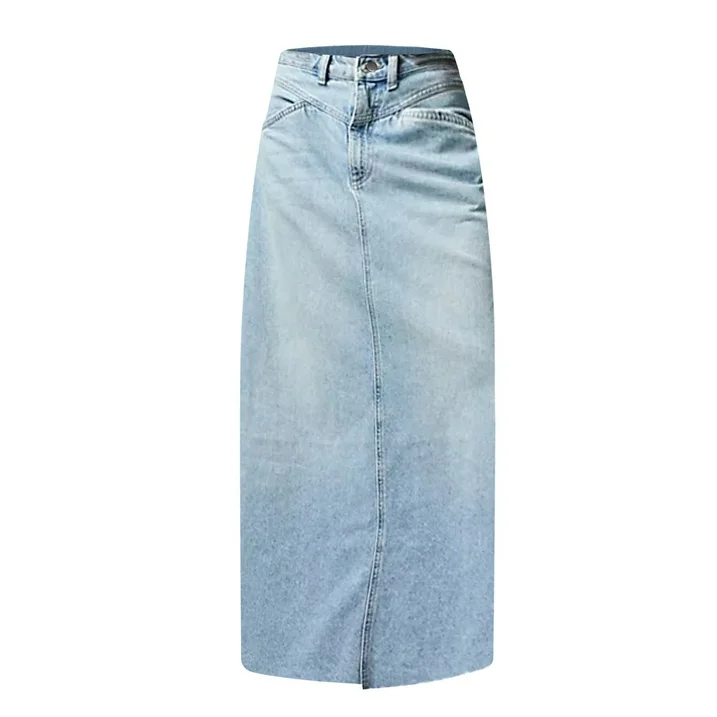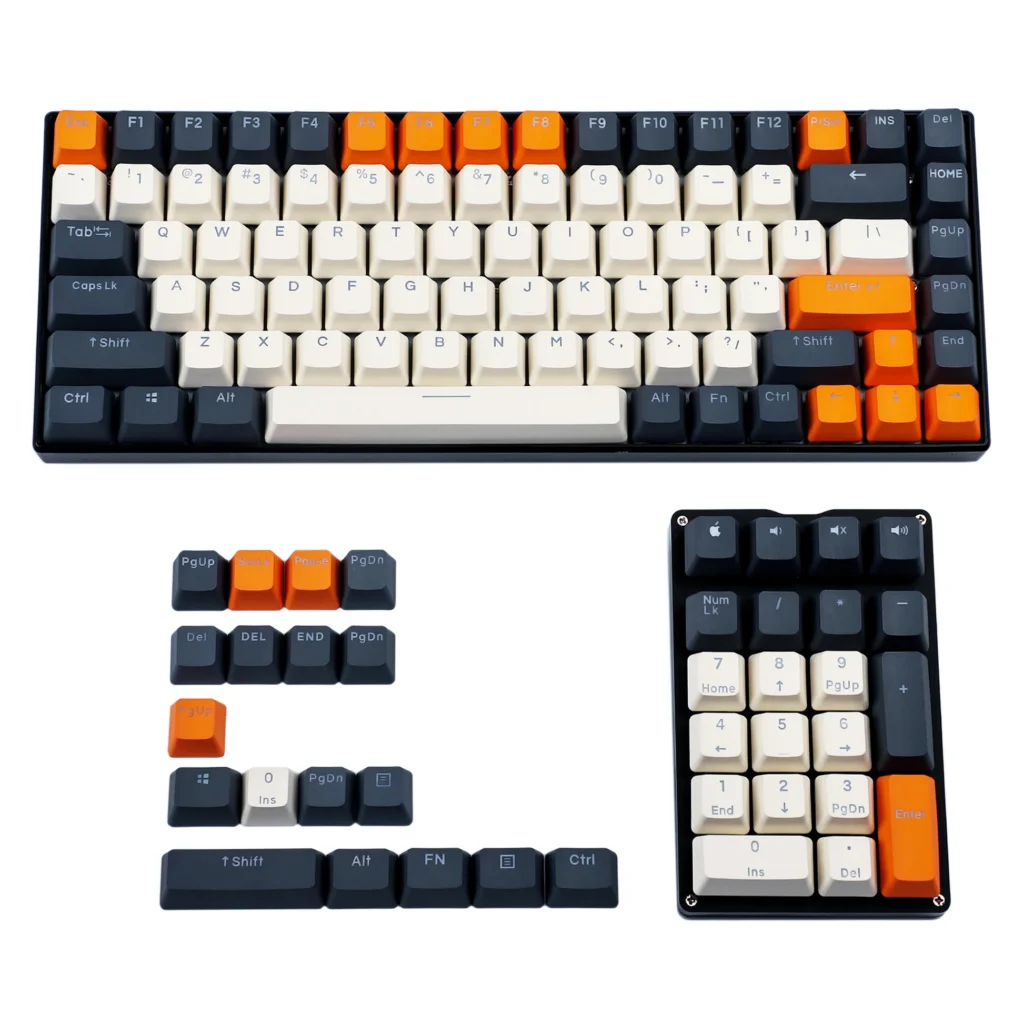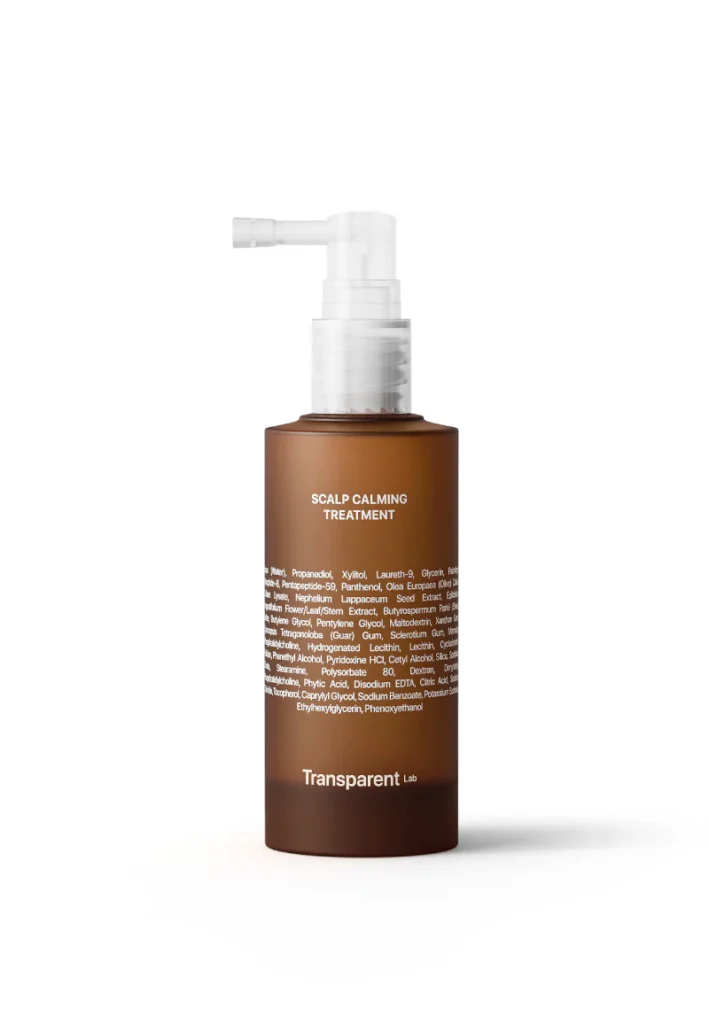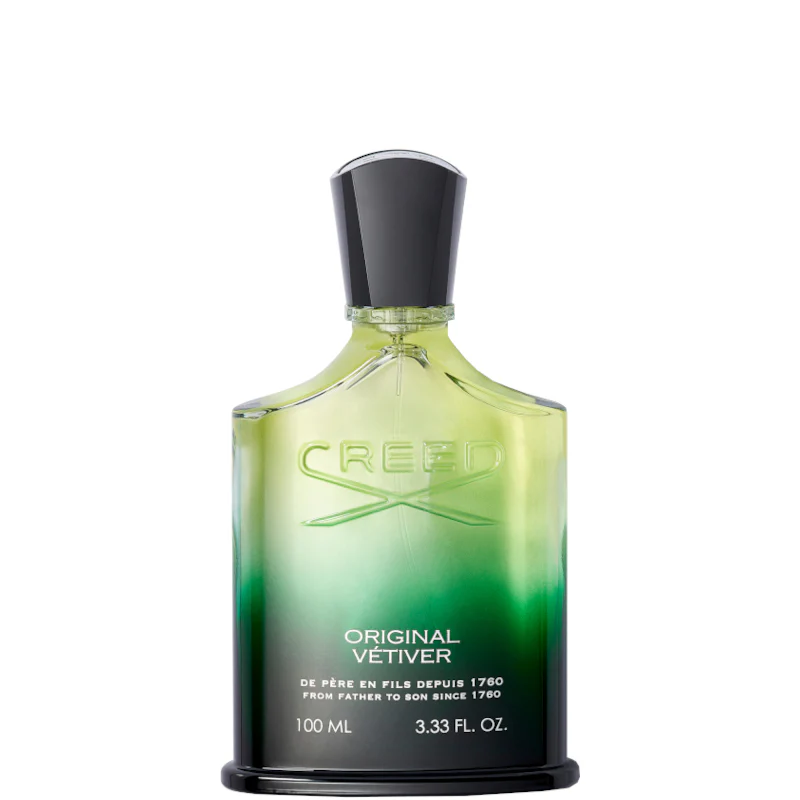Blank walls are missed opportunities. A vintage portrait with a knowing gaze, a timeworn landscape with moody skies, a patinated mirror that multiplies light—these pieces do more than fill space. They anchor rooms with history, texture, and conversation. In this guide, we’ll show you how to choose and mix vintage art like a pro: understanding scale and sightlines, stacking frames and mats for depth, arranging gallery walls that breathe, and caring for older pieces so they live beautifully in modern homes. We’ll reference Jayson Home Vintage Artworks & Wall Décor throughout as a curated source for one-of-a-kind finds—from oil paintings and prints to sculptural mirrors and objects that read as wall art.
Shop Jayson Home Vintage Artworks & Wall Décor
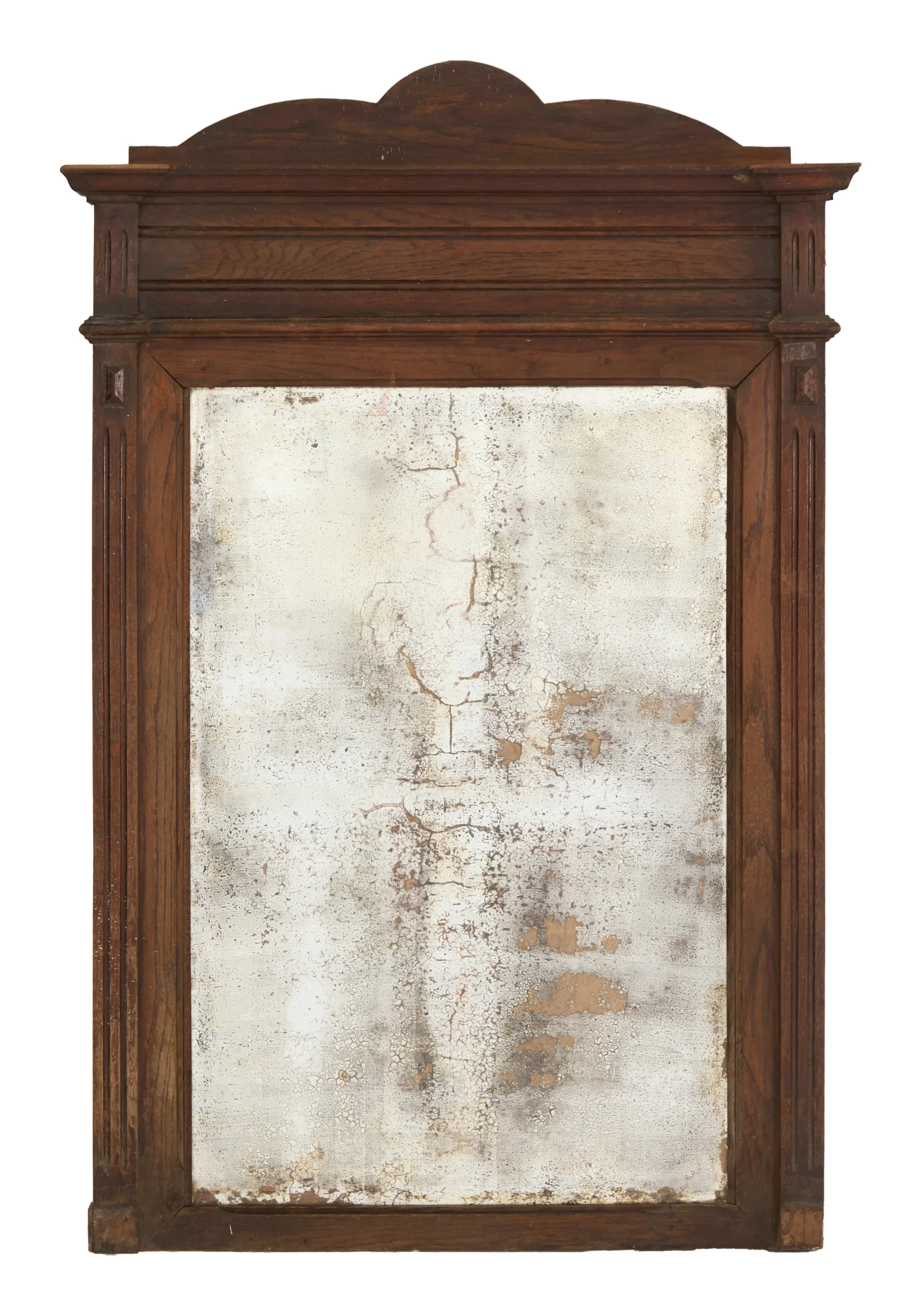
Why Vintage Wins (Even in Contemporary Rooms)
New art can be pristine; vintage carries time. Craquelure in the paint, handwritten notes on the reverse, a frame nick that suggests a previous life—these details add dimension to otherwise clean, minimal spaces. Mixed with modern furniture, vintage art becomes the texture that prevents a room from feeling “showroom perfect.” The Jayson Home Vintage Artworks & Wall Décor assortment is curated precisely for that tension: pieces with personality, patina, and presence that play well with contemporary silhouettes.
Style Mixology: Create Cohesion Without Matching
A stunning wall doesn’t require a single era or subject. You just need a consistent thread. Choose one or two of the following to unify:
- Palette: Echo a few hues across pieces (e.g., deep greens and umber).
- Finish: Keep frames in a family—aged brass + black, or honey wood + raw oak.
- Mood: All serene, or all energetic brushwork.
- Motif: Portraits with gaze, or landscapes with horizon lines, or abstracts with gestural strokes.
With Jayson Home Vintage Artworks & Wall Décor, you can lean classic (oil portraits, gilt frames) or modern (abstracts, raw wood frames) and still feel cohesive by threading a palette or finish.
Scale & Sightlines: The Rules That Make Rooms Read Right
Art size changes the perceived architecture. Use this quick math:
- Over a sofa/credenza/bed: Aim for artwork width ~60–80% of the furniture piece, or create that footprint with a pair/triptych.
- Eye level: Center at ~57–60 inches (145–152 cm) from floor to artwork center for spaces viewed standing; a touch lower in seated zones.
- Hallways/stairs: Drop the center height by 1–2 inches (2.5–5 cm) to match moving sightlines.
- Narrow walls: Tall, vertical pieces pull the eye up and elongate; mirrors amplify light in tight entries.
The Jayson Home Vintage Artworks & Wall Décor selection includes single-large statements and smaller works you can cluster to achieve the right visual weight.
Shop Jayson Home Vintage Artworks & Wall Décor
Gallery Walls that Breathe: From Chaos to Composed
A good gallery wall feels collected, not chaotic. Here’s a repeatable formula:
- Anchor Piece: Start with one medium-to-large work slightly off center.
- Grid the Edges: Keep an imaginary rectangle; don’t let outliers spike too far from the boundary.
- Consistent Gaps: 2–3 inches (5–7.5 cm) between frames reads intentional.
- Vary Orientation: Mix portrait and landscape; include one small wildcard (mini etching or oval frame).
- Pause Zones: Leave small negative spaces for the eye to rest.
Try it on the floor first, then transfer to the wall. With Jayson Home Vintage Artworks & Wall Décor, select a few high-voice pieces (portrait, abstract) and fill with smaller drawings or etchings for tempo.
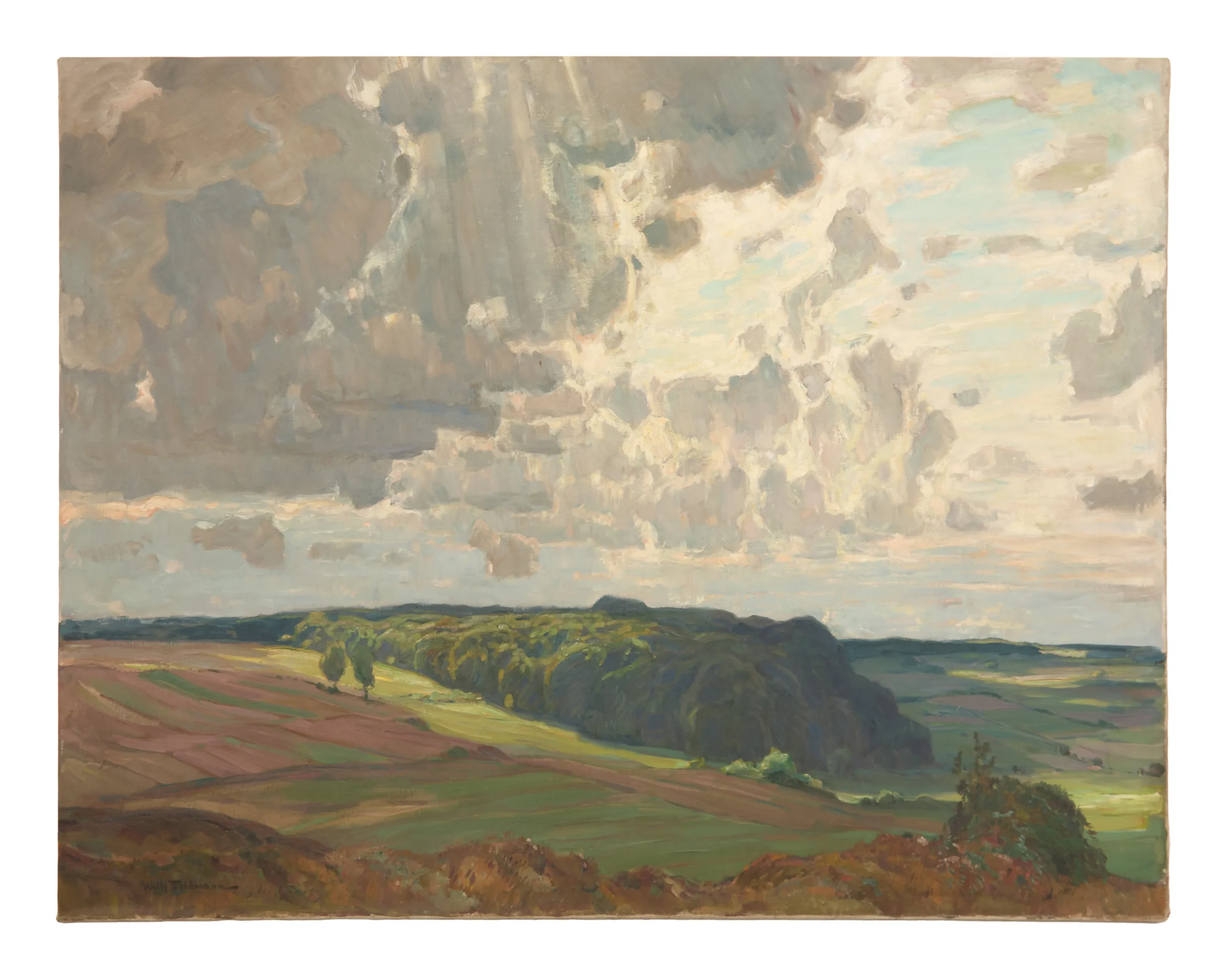
Framing Vintage: Conservation Without Killing the Vibe
Framing is armor and stage lighting in one. For older works:
- UV-Protective Glazing: Choose UV acrylic or low-reflection glass to reduce fading.
- Acid-Free Mats/Backers: Prevent staining and preserve paper works.
- Float Mounts: Show deckled edges and signatures; shadow gaps add depth.
- Keep the Patina: If a frame’s gilding or wear is gorgeous, conserve it; have a pro secure corners and replace brittle backings.
Jayson Home Vintage Artworks & Wall Décor often pairs pieces with character-forward frames; when a frame is too far gone, reframe with simple profiles (thin black, raw oak, or aged brass) to let the artwork speak.
Mirrors as Wall Art: Light, Scale, and Movement
Statement mirrors don’t just reflect; they compose. Use them to double windows, bounce light down hallways, or create a focal moment over mantels. Antique mirrors with foxing add romance; sunburst frames bring midcentury spark; pared-down French rectangles calm ornate rooms. Mix a mirror into an art wall to change rhythm and give breathing room between dense works—plenty of options live within Jayson Home Vintage Artworks & Wall Décor.
One Hybrid Block (Bullets + Guidance): 60-Second Wall Plan
- Pick a Mood Word: Calm / Moody / Graphic / Romantic.
- Choose a Thread: Palette (2–3 hues), Frame family (brass + black), or Subject (portraits/landscapes).
- Size Map: Anchor piece = 60–80% width of furniture; fill with 2–5 satellites.
- Gap Rule: 2–3 inches between frames; align top/bottom edges loosely for harmony.
- Depth Cue: Float-mount at least one piece or add a mirror to break a flat wall.
- Lighting: Picture lights or ceiling spots angled to 30° reduce glare.
- Test on Floor: Photograph the layout before you hammer nails.
Shop Jayson Home Vintage Artworks & Wall Décor
Room-by-Room Playbook
Entry: A single bold portrait or sculptural mirror sets tone in three seconds. Keep center height around 58″ to meet guests’ eye line.
Living Room: Over the sofa, pair a moody landscape with two drawings to the side; or install a salon wall anchored by one large abstract. Balance mass with a floor lamp or a tall plant.
Dining: Art that invites lingering—still lifes, abstracts with warm tones. Consider a low-glare glass if you have pendant reflections.
Bedroom: Calming subjects—quiet landscapes, minimal drawings. Hang lower above the headboard so it feels cohesive; use fabric mats for softness.
Hall/Stairs: Linear sequences—etchings, botanical prints—marching up the rise. Keep spacing consistent; use lighter frames to avoid visual heaviness.
Kitchen: Small framed pieces above open shelves or a vintage clock for charm. Choose art that can handle humidity or protect with sealed frames.
Color, Contrast, and Calm: Palette Strategies
- Analogous Calm: Blues + greens + teals—great for bedrooms and studies.
- High-Contrast Energy: Black/white graphics with a single pop (rust, ochre).
- Earthy & Collected: Raw wood frames, linen mats, umber/olive art—pairs with plaster and natural stone.
- Jewel-Box Moment: Deep burgundy mats, brass frames, saturated abstracts—small rooms, big drama.
The Jayson Home Vintage Artworks & Wall Décor collection spans palettes so you can tune energy by room.
Hanging Hardware & Safety: Details That Matter
- Proper Anchors: Use wall plugs for plaster/drywall; masonry anchors for brick.
- Weight Ratings: Mirrors and heavy oils need two points with D-rings and a cleat for level security.
- Felt Bumpers: Add to frame backs to avoid scuffs and keep frames aligned.
- Earthquake/Child Safety: Security hooks or clear gel pads at lower corners help prevent shifting or bumps.
A professional hang elevates everything—especially with larger Jayson Home Vintage Artworks & Wall Décor pieces.
Shop Jayson Home Vintage Artworks & Wall Décor
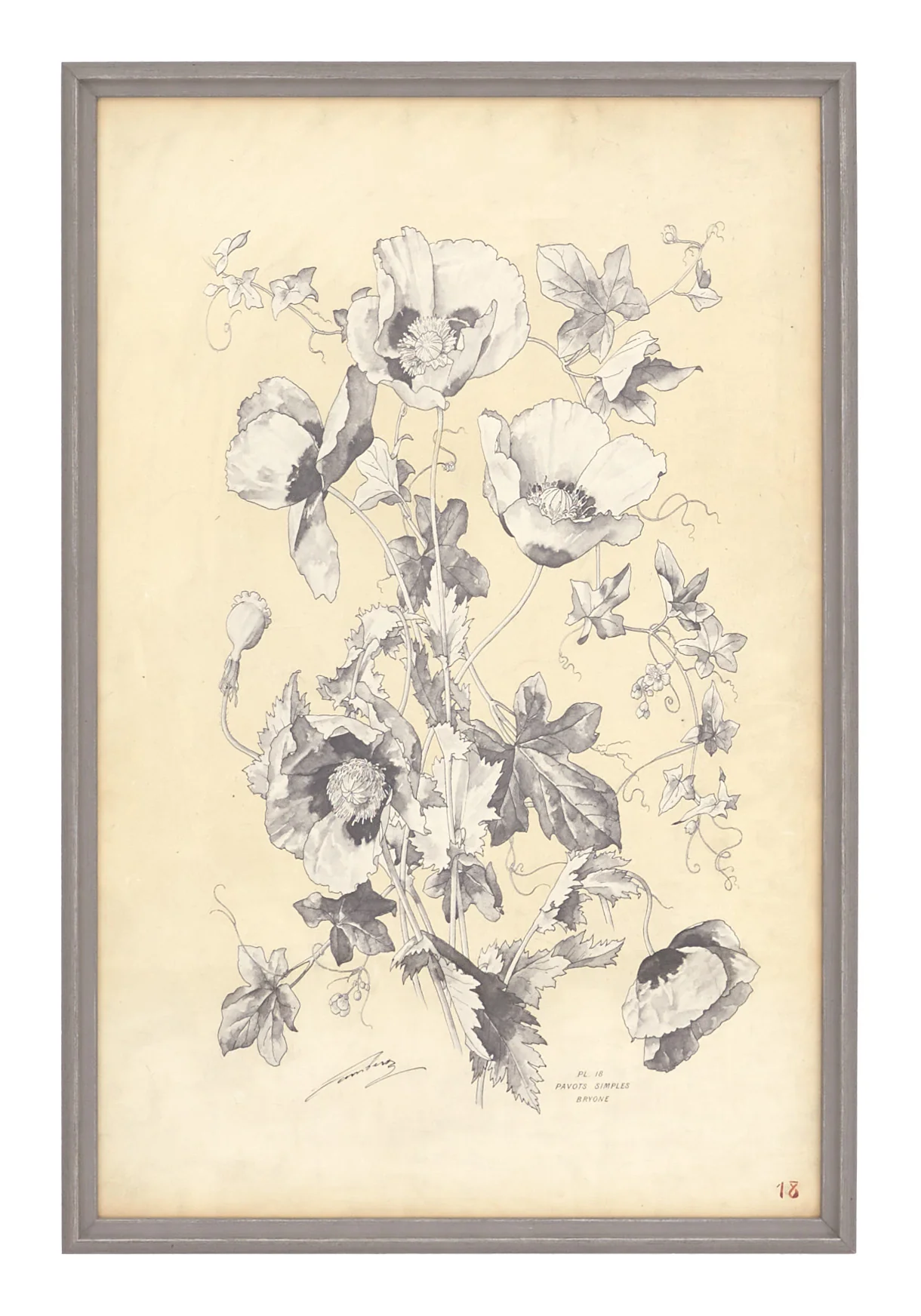
Conservation: Living with Older Works
Vintage doesn’t mean fragile if you care intentionally:
- Light: Keep paper works out of harsh sun; use UV glazing and curtains where needed.
- Humidity: Aim ~40–55%. Kitchens/baths need sealed frames and occasional checks for condensation.
- Dusting: Soft brush, never spray cleaners on glazing (spray cloth, then wipe).
- Backing: Replace brittle cardboard with acid-free foam core; ensure an archival barrier between art and wood frames.
When in doubt, ask a framer to evaluate your Jayson Home Vintage Artworks & Wall Décor find; small tweaks mean decades more display.
Layering Objects as “Wall Art”
Not everything has to be a painting. Framed textiles, architectural fragments, vintage trays, and sculptural sconces read as art when composed carefully. Mix one object piece into a mostly-flat wall to add dimension. Jayson’s vintage décor often includes objects you can mount—perfect for a “collected over time” look.
Case Studies (Mini Scenarios You Can Copy)
- Modern Loft, White Walls: Oversized abstract with raw canvas edges + black metal frame, flanked by two small charcoal studies in matching frames. Add a large vintage mirror opposite a window for daylight bounce.
- Prewar Apartment, Picture Molding: Salon wall inside the molding: portraits, landscapes, a small oval floral, and one convex mirror. Keep frames warm (gilt, walnut) to echo floors.
- Scandi Minimal Bedroom: Two understated drawings with wide linen mats above the headboard; a small moody landscape over the dresser to anchor the corner.
- Maximalist Dining Nook: Deep-toned still lifes, a vintage bar mirror, and a small oil seascape—clustered with 2″ gaps for dense, jewel-box energy.
Troubleshooting: Quick Fixes for “Almost Right” Walls
- Feels Messy: Unify frames (all black or all brass) or mats (all white/linen).
- Feels Flat: Add a float mount, a shadow-box object, or a mirror for depth.
- Too Small Over Sofa: Cluster multiple works into a single visual mass 60–80% sofa width.
- Glare City: Switch to low-reflection glazing; angle picture lights to ~30°.
- Colors Clash: Introduce a neutral buffer—wide mat or simple frame—to calm transitions between strong palettes.
Shop Jayson Home Vintage Artworks & Wall Décor
One More Hybrid Block (Bullets + Guidance): The 10-Minute Gallery-Wall Hang
- Tape paper cutouts to scale for each frame.
- Mark center line at 58–60″.
- Hang the anchor first; step back 3–4 meters and assess.
- Add pairs symmetrically, then break symmetry with a small wildcard.
- Keep edges inside an imaginary rectangle; adjust gaps to 2–3″.
- Lock with two corner pieces that echo your thread (palette or finish).
- Swap paper for the real frames, then fine-tune with bumpers and a level.
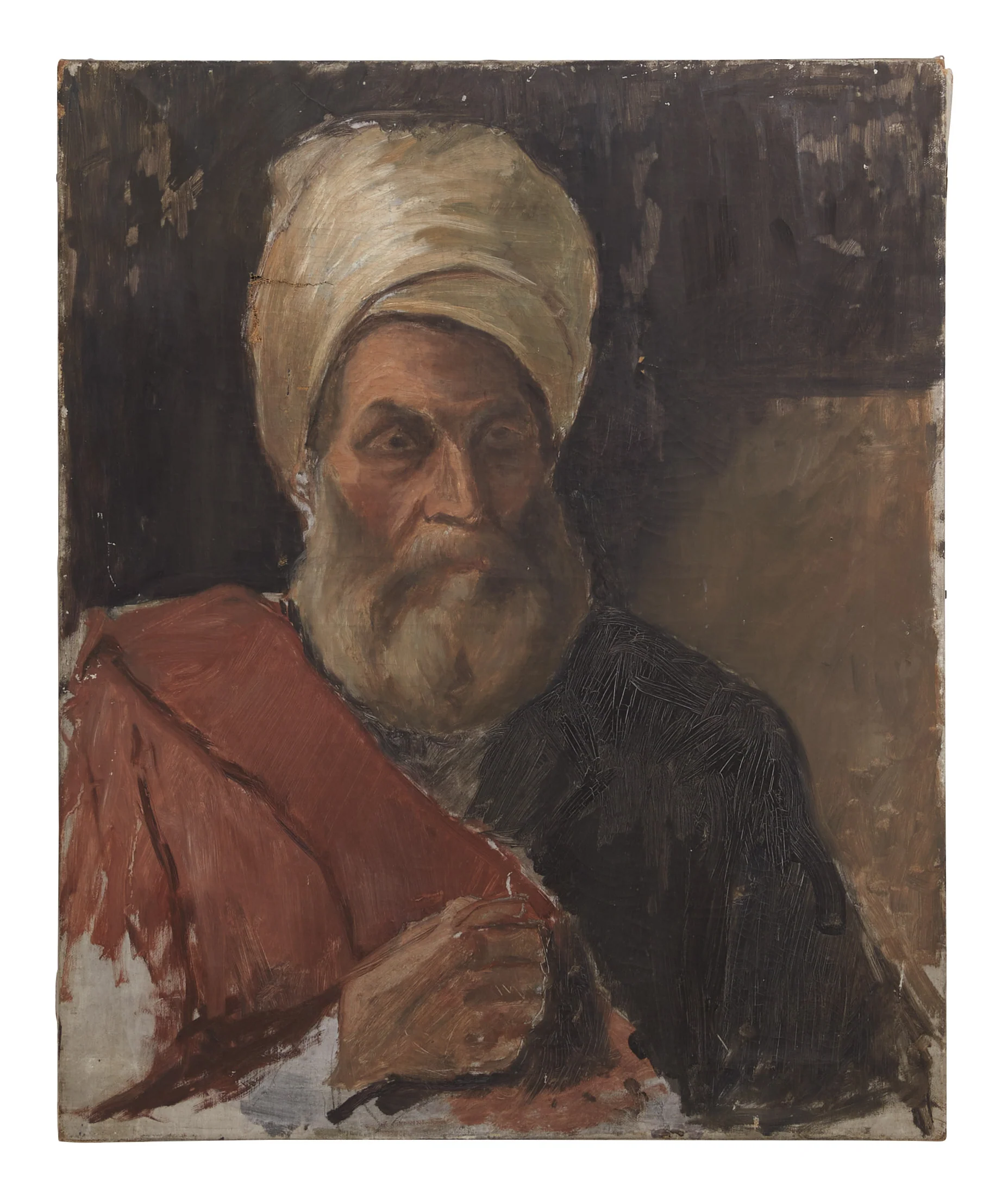
Conclusion
Vintage art isn’t about recreating someone else’s past; it’s about layering your present with depth and memory. Choose a thread—palette, frame finish, mood—and let it tie together portraits, abstracts, mirrors, and objects collected over time. Get scale and sightlines right, frame with conservation in mind, and compose gallery walls that breathe. With a curated source like Jayson Home Vintage Artworks & Wall Décor, you can build rooms that feel intentionally lived-in: elegant, storied, and unmistakably yours.
Shop Jayson Home Vintage Artworks & Wall Décor
FAQ
- How do I mix different art styles without chaos?
Choose one thread—palette, frame family, or mood. Keep gaps consistent and contain the arrangement within a loose rectangle to maintain order. - What size art should go over my sofa or bed?
Target 60–80% of the furniture width, either as a single piece or a grouping that creates that visual width. - Should I reframe vintage art?
Only if the frame is damaged or distracting. If the patina is beautiful, have a framer stabilize it and replace acidic backings with archival materials. - How do I deal with glare?
Angle lights at ~30°, use low-reflection glazing, and avoid hanging opposite big windows if possible. - Can mirrors be part of a gallery wall?
Absolutely. A vintage mirror breaks up dense arrangements, adds depth, and multiplies light—especially effective in hallways and dining rooms. - How high should I hang art?
Aim for 57–60″ from floor to center for standing spaces, slightly lower in seated zones. Adjust in stairwells to follow natural sightlines. - Is it okay to mix black frames with gold?
Yes—balance counts. Repeat each finish at least twice so nothing feels accidental. - How do I protect paper works in sunny rooms?
Use UV glazing, acid-free mats, and rotate pieces periodically. Consider placing the most light-sensitive works on walls with indirect light. - What if my wall still feels “flat”?
Add depth: float-mount a piece, introduce a shadow box, or layer a sculptural sconce or small object into the composition.


